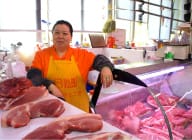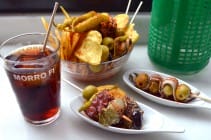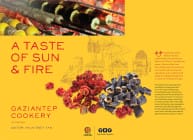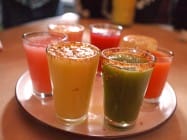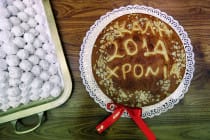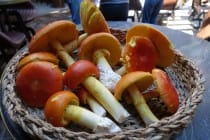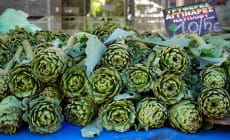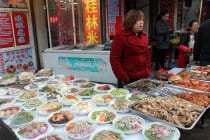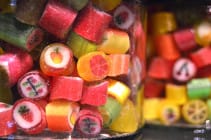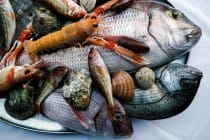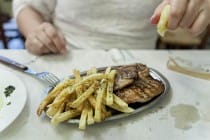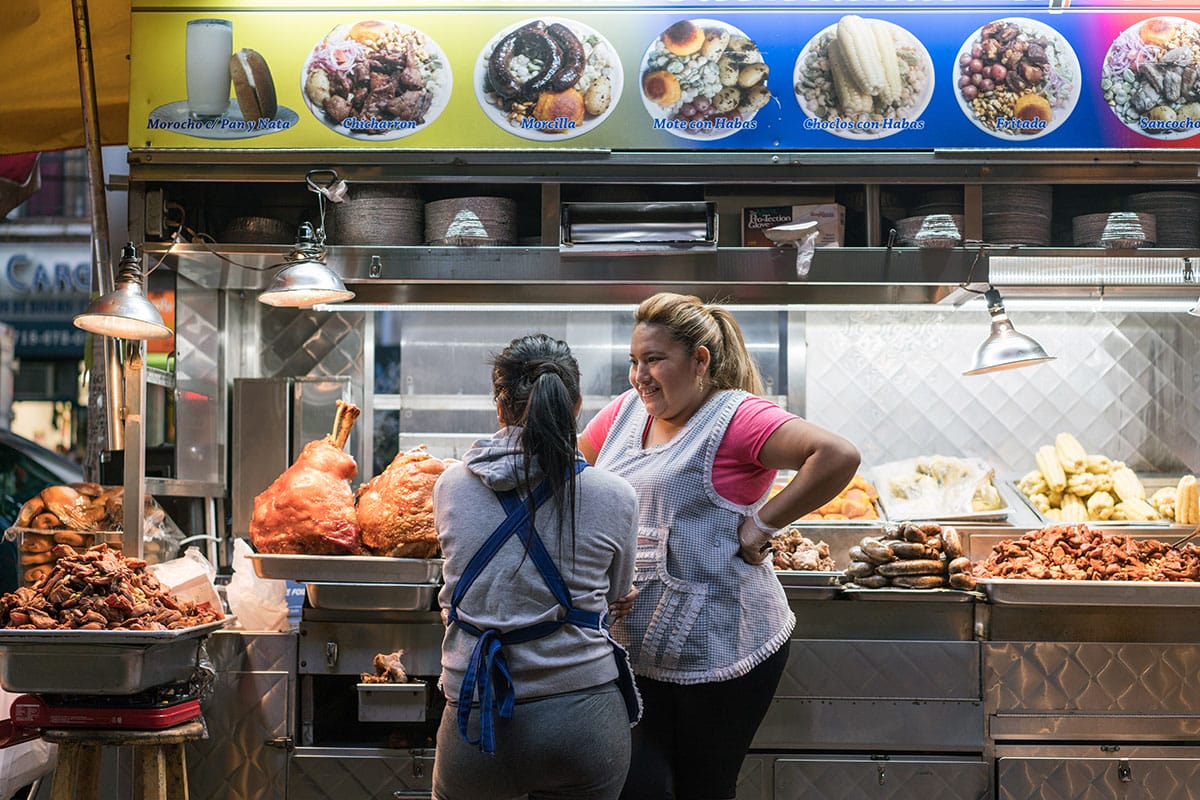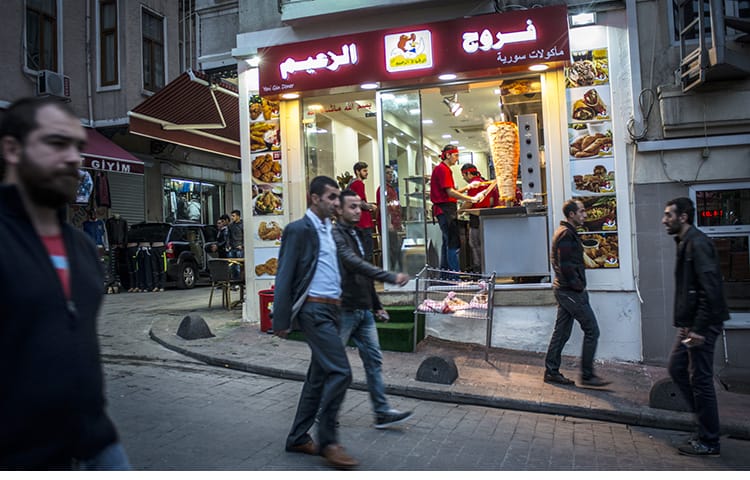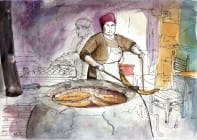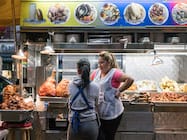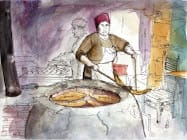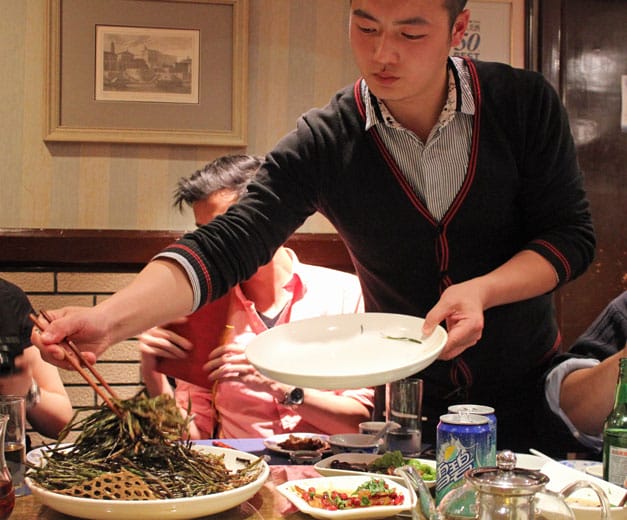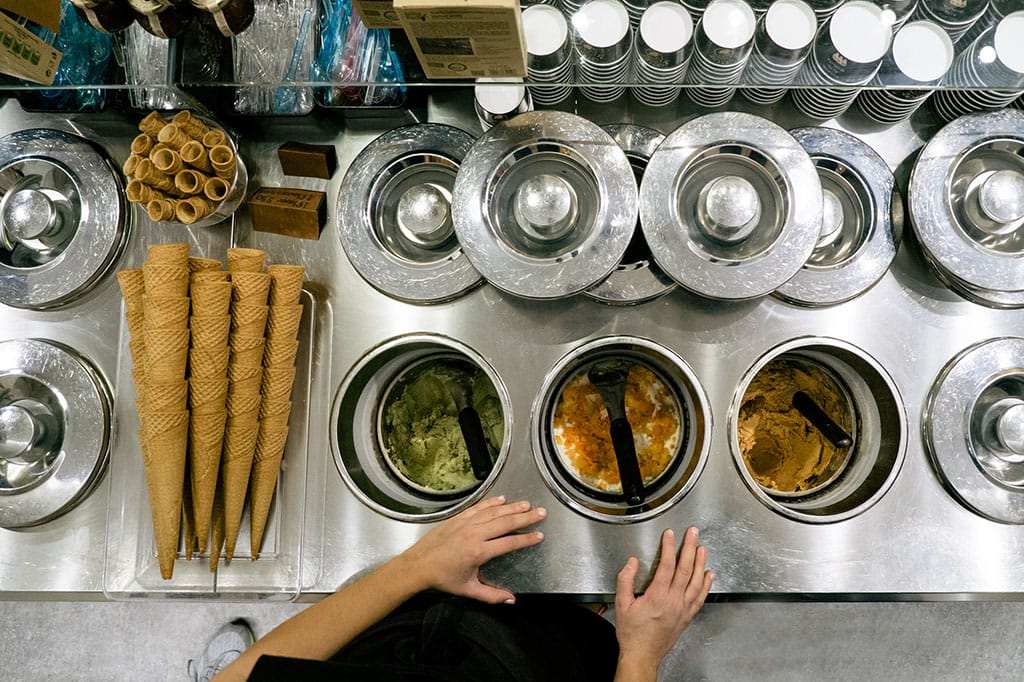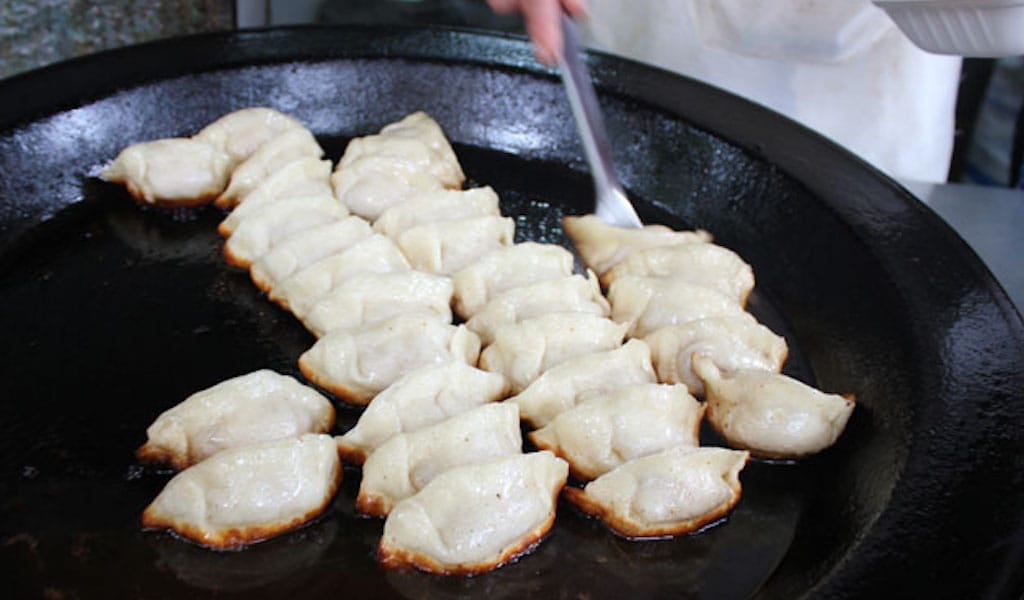Ask a Shanghainese person for the best běnbāng, or local, restaurant in town, and you’ll probably be pointed toward Old Jesse. The doyenne of haipai cuisine, this ramshackle restaurant is the darling of the guidebook industry, with mentions in publications from Travel + Leisure to Lonely Planet, but that doesn’t mean that it’s foreigner-friendly. In fact, when LP first published their listing back in 2008, Old Jesse stopped taking reservations in English for some time, just to spite the hordes of tourists vying for a seat in their tiny former French Concession establishment. Even now, the lingua franca in the packed dining room is Shanghainese, and it’s still not uncommon for a laowai’s reservations to disappear if he or she is just a few minutes late, or for foreigners to have to watch hungrily as the dishes they ordered come out to tables manned by locals first, even though said locals were seated long after them.
You can’t really blame the staff at Jesse. What looks like xenophobia is really just good business sense; they’re weeding out the less lucrative guests with that age-old ploy: rudeness. With only about ten tables in the whole two-floor extended living room, plus an added side room with a separate entrance (where they often stick the white faces), they have to maximize their cramped real estate to stay afloat. Rents on the sleepy, tree-lined street aren’t cheap, especially with former President Jiang Zemin rumored to be living just around the corner, and foreigners just don’t order like Chinese diners do. Table for two? Sure, they’ve got one, but if you sit two Shanghainese diners there, you won’t even be able to see the tablecloth for all the dishes. For many foreigners, ordering a few items off the chef’s recommendations page is plenty.
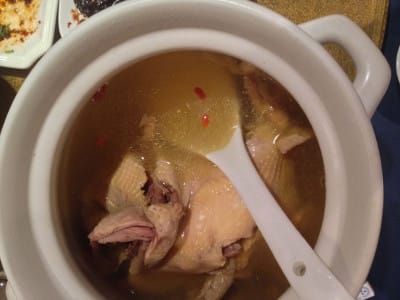 If you want to experience Old Jesse like the locals, the key to getting past all that prejudice is to order like a pro. Go big or go home. This is not a waste-not-want-not dinner, and it works best with big groups, so cobble together a group of hungry friends. Start the process before you even walk under the old-timey wooden sign by calling ahead and reserving a couple of the specialty dishes only available by advanced order (or having your concierge help you out). The little bit of local knowledge will earn you the respect that attempts at Mandarin won’t. Here’s your cheatsheet:
If you want to experience Old Jesse like the locals, the key to getting past all that prejudice is to order like a pro. Go big or go home. This is not a waste-not-want-not dinner, and it works best with big groups, so cobble together a group of hungry friends. Start the process before you even walk under the old-timey wooden sign by calling ahead and reserving a couple of the specialty dishes only available by advanced order (or having your concierge help you out). The little bit of local knowledge will earn you the respect that attempts at Mandarin won’t. Here’s your cheatsheet:
Opium Fish Head (葱烤鱼头, Cōngkǎo yútóu)
You’ll smell this one before you see it. The waiter pulls back a tangled mess of fragrant grilled scallions to reveal an entire codfish head before diners descend on the luscious cheeks. Have your chopsticks at the ready because there’s limited supply and high demand for the white meat hidden beneath the scales.
Eight Treasure Pig Trotter/Duck (八宝猪手/鸭, bābǎo zhūshǒu/yā)
In both versions of this treasured dish the meat is deboned, then restuffed with glutinous rice, chestnuts, mushrooms, cured ham and more, then braised in a thickened sweet glaze. We prefer the unctuously rich trotter for its fatty pork skin, but if you make it back a second time, the duck is worth ordering as well.
Red-Braised Pork Shank (红烧蹄膀, hóngshāo tí pang)
Behind xiǎolóngbāo (soup dumplings), red-braised pork belly is Shanghai’s second-most famous dish. This version substitutes the fatty cut for a bone-in shoulder. To melt the muscle, it’s slow-cooked for hours, a technique that helps pull marrow out of the bone and adds it to the thickened soy-fermented bean paste sauce. And the marbled belly that turns off some picky eaters isn’t visible (but please, if you do order the hongshao rou, don’t discard the fat!).
Chicken Soup (鸡炖汤, jī dùntāng)
Double-boiled and floating with red dates, the soup is served last, as is typical of most Chinese meals. There’s a whole chicken in the bottom of the earthenware pot, but really that’s just to flavor the glossy, super-concentrated chicken stock. If you feel a throat tickle coming on, you might as well go ahead and preorder this Chinese version of Jewish penicillin for the next day.
 August 17, 2023 Le Greche
August 17, 2023 Le Greche
Evi Papadopoulou is no stranger to the culinary arts. A well-regarded food journalist […] Posted in Athens September 2, 2019 Yang Yang’s Dumplings
September 2, 2019 Yang Yang’s Dumplings
Search online for Shanghai’s best fried dumplings, and you’ll come up with hundreds of […] Posted in Shanghai July 11, 2017 A Da Cong You Bing
July 11, 2017 A Da Cong You Bing
In September of last year, Shanghai eaters were shocked when Mr. Wu shuttered A Da Cong […] Posted in Shanghai
Published on April 04, 2014
Related stories
August 17, 2023
AthensEvi Papadopoulou is no stranger to the culinary arts. A well-regarded food journalist who has written articles on pastries and desserts in the top Greek gastronomy publications, she is also a classically trained chef. She studied at the culinary school of renowned Italian pastry chef Iginio Massari and followed that up with specialized training in…
September 2, 2019
ShanghaiSearch online for Shanghai’s best fried dumplings, and you’ll come up with hundreds of results extolling Yang’s Fried Dumplings. Though it was once just a humble shop sandwiched between the Bund and People’s Square, the online renown and ensuing crowds have propelled the brand into chain-store ubiquity, populating new malls and shopping streets with fervor.…
July 11, 2017
ShanghaiIn September of last year, Shanghai eaters were shocked when Mr. Wu shuttered A Da Cong You Bing, the city’s best scallion pancake shop. The only explanation for the abrupt closure was a worn sign on the door that read: “My family has a problem. The stall will be closed for a few days.” But…
















